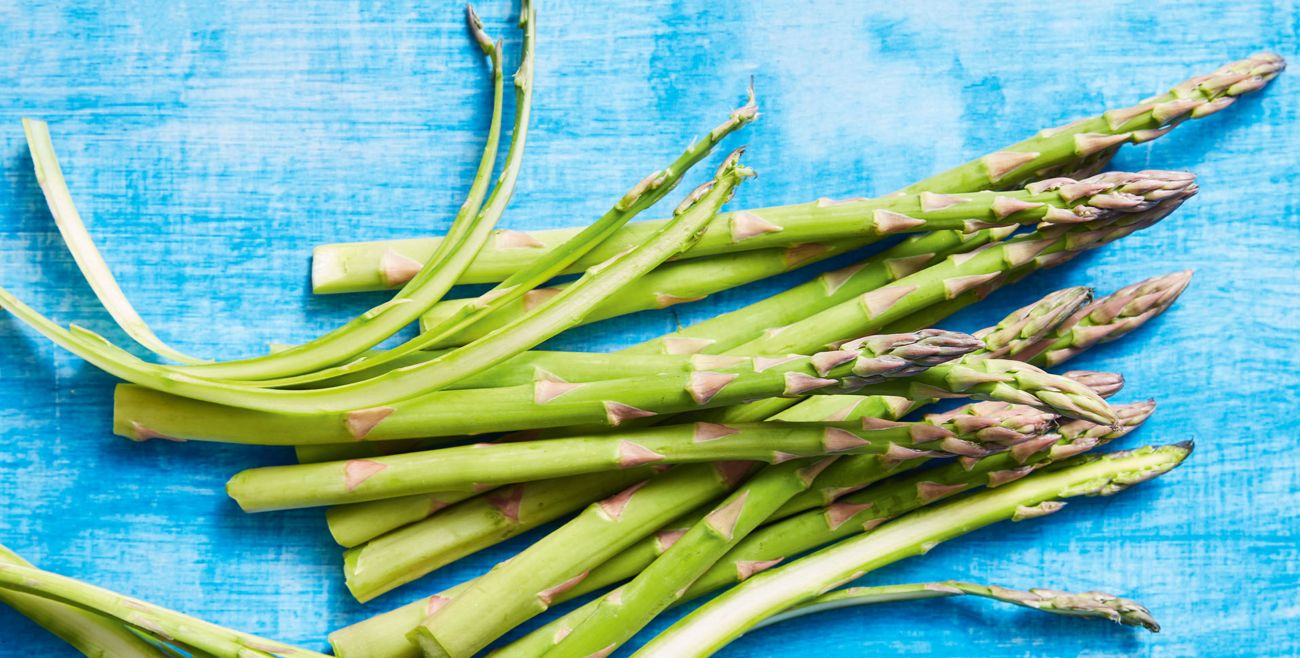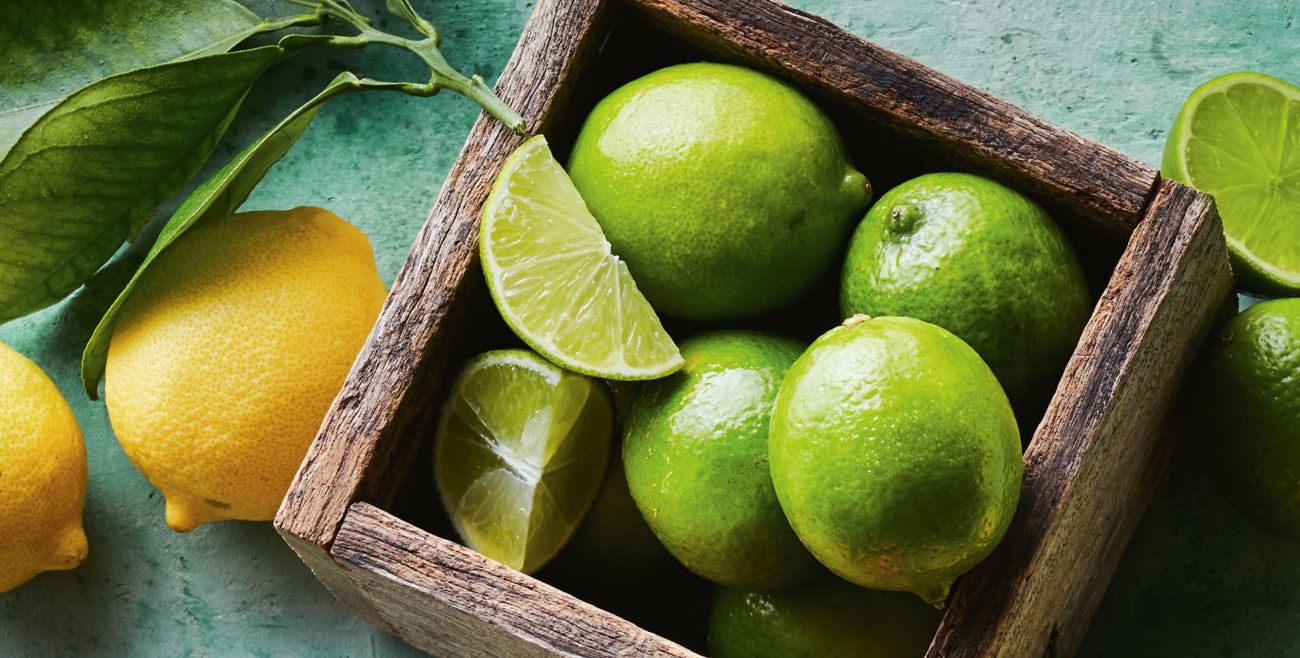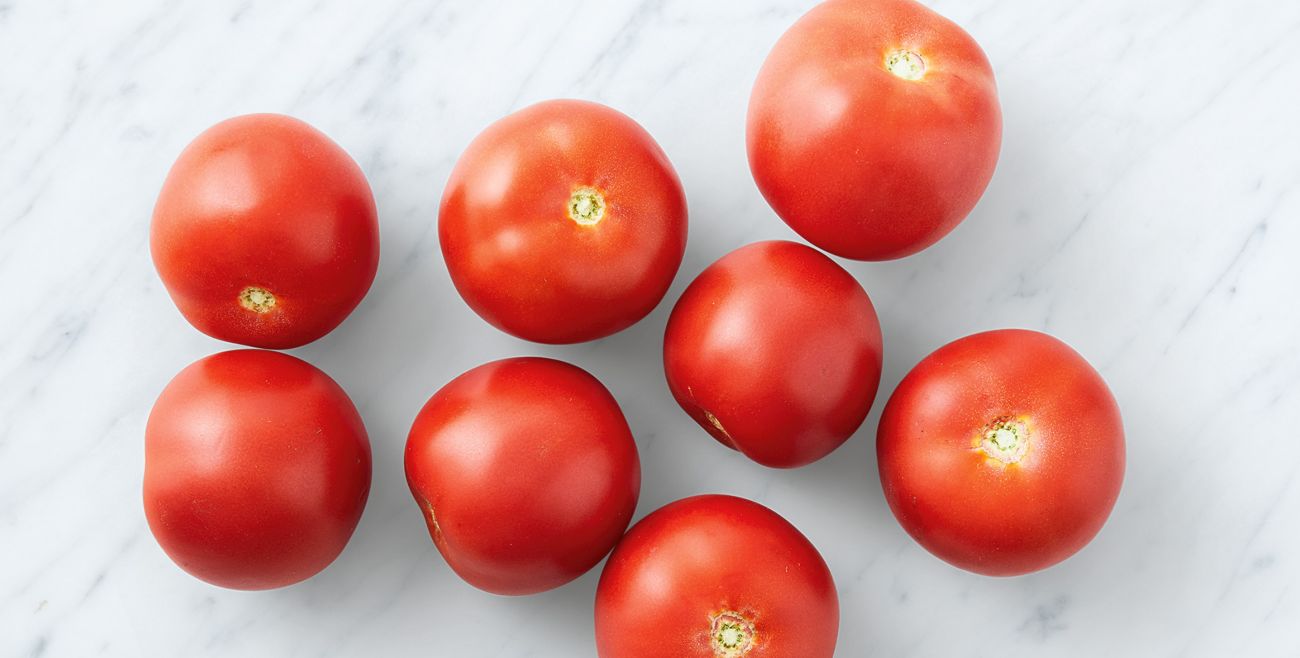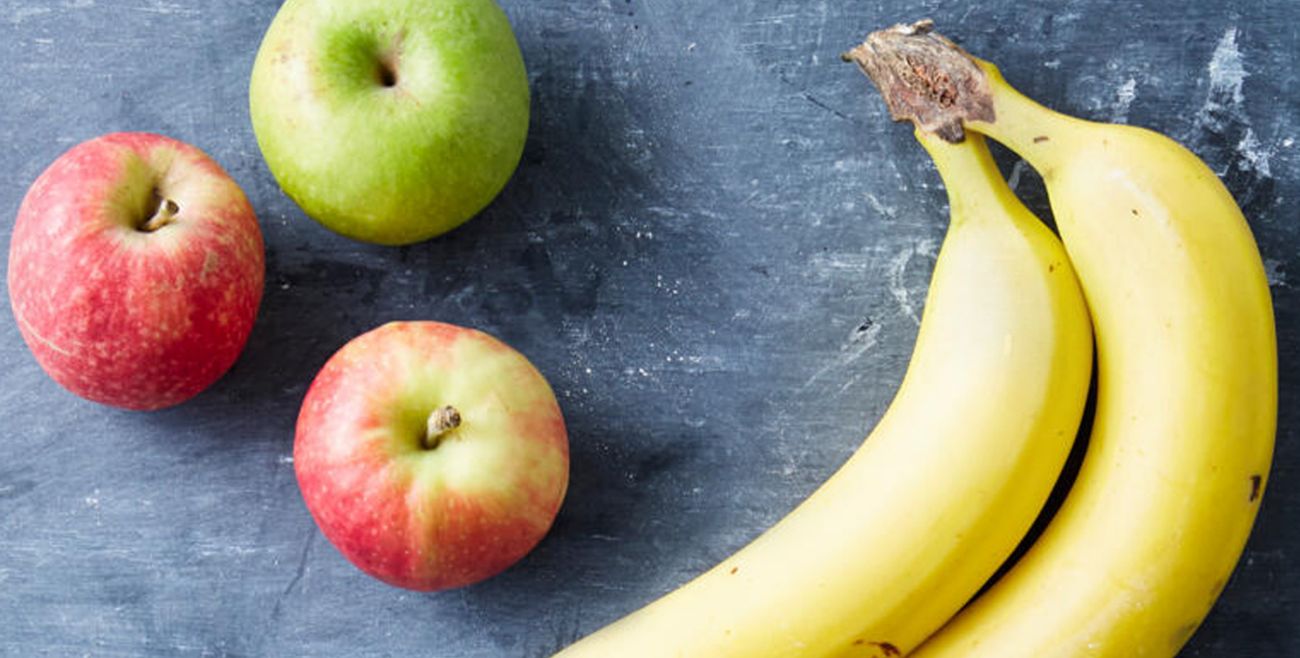Our guide to reducing food waste in your home
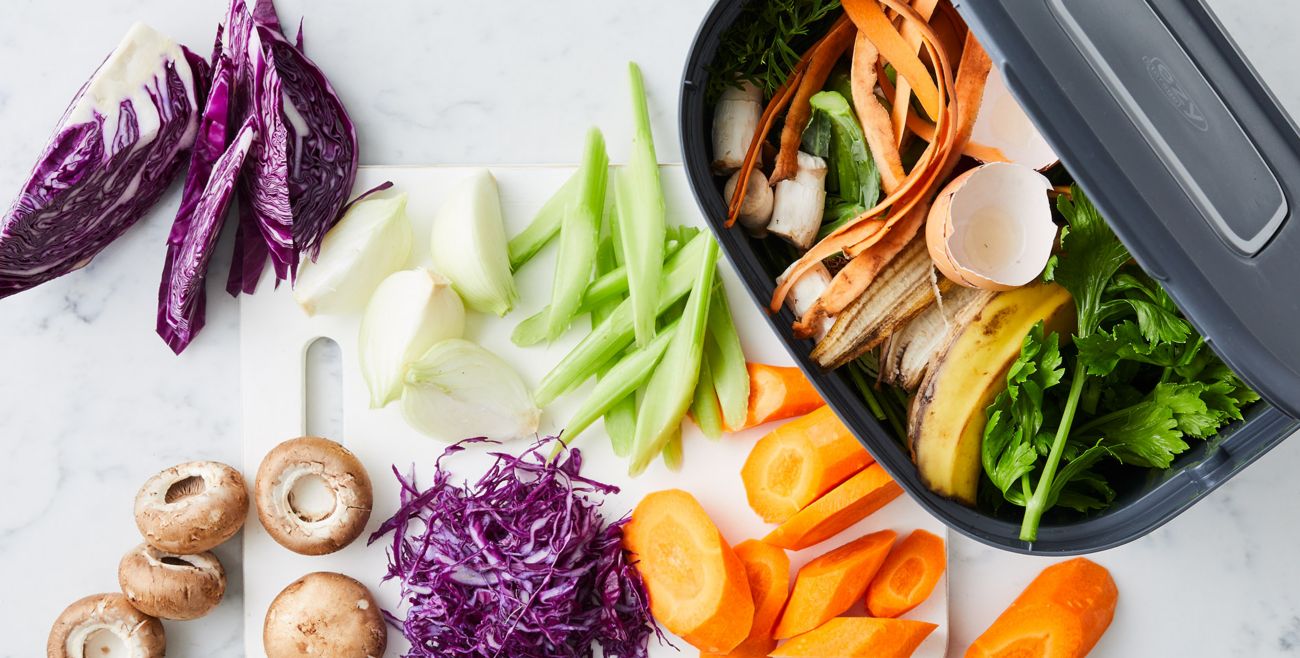
Discover easy tips and recipes for reducing food waste
Food waste is a major issue in Australia. According to the food rescue organisation, OzHarvest* Australians waste about 7.6 million tonnes of food each year, 70% of which is still edible. This needs to change. But how?
In this guide, we offer simple, everyday solutions for everyone including tips on how to use your food scraps and delicious ‘root-to-tip’ recipes the whole family will enjoy.
Here are some simple ideas on how to reduce food waste in the home.
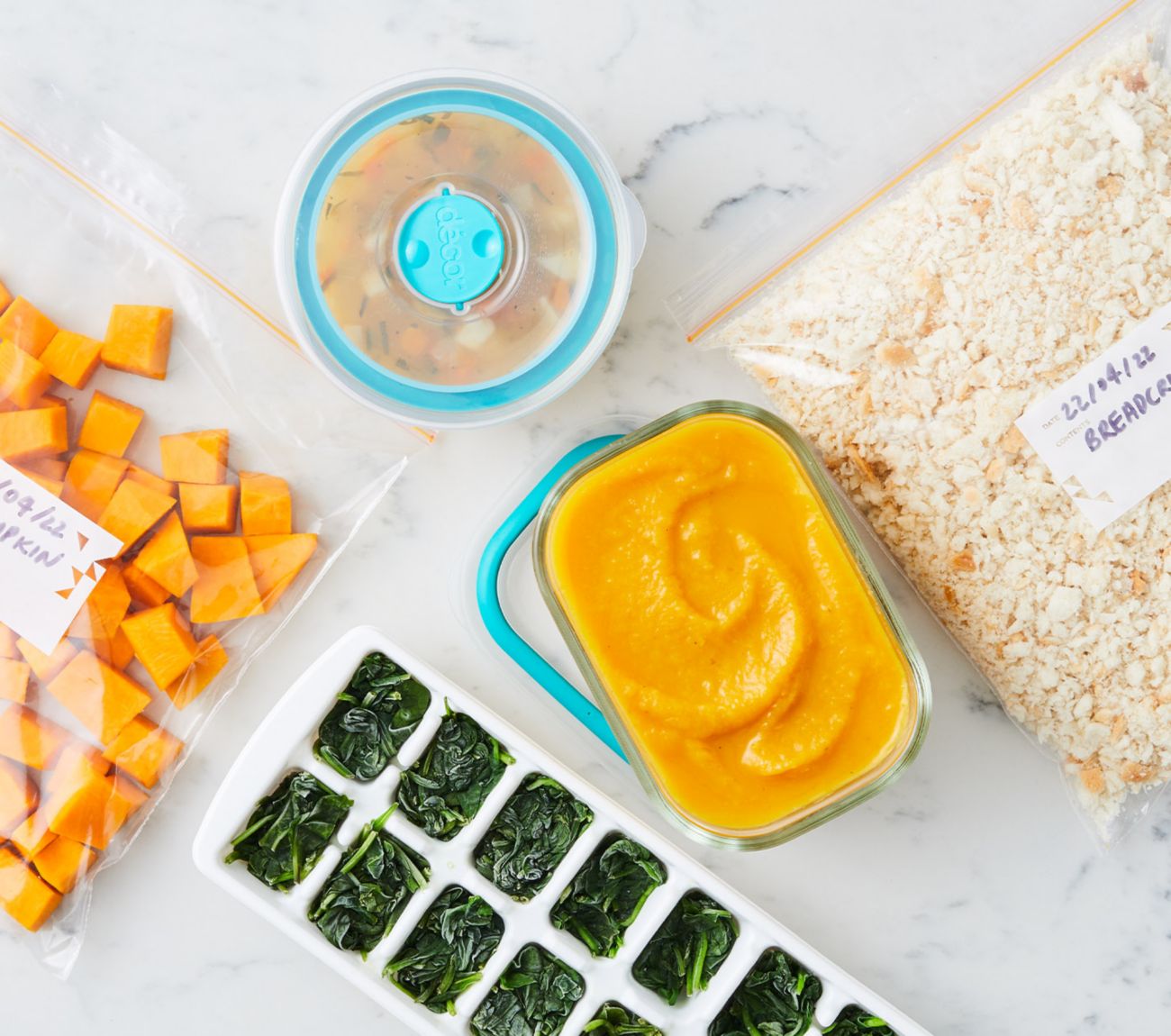
01
How to properly store food & produce
One of the easiest ways to stop wasting food is to learn how to store it properly. Whether you’re storing produce in the fridge, freezer or pantry, there are certain things you can do to increase its shelf-life.
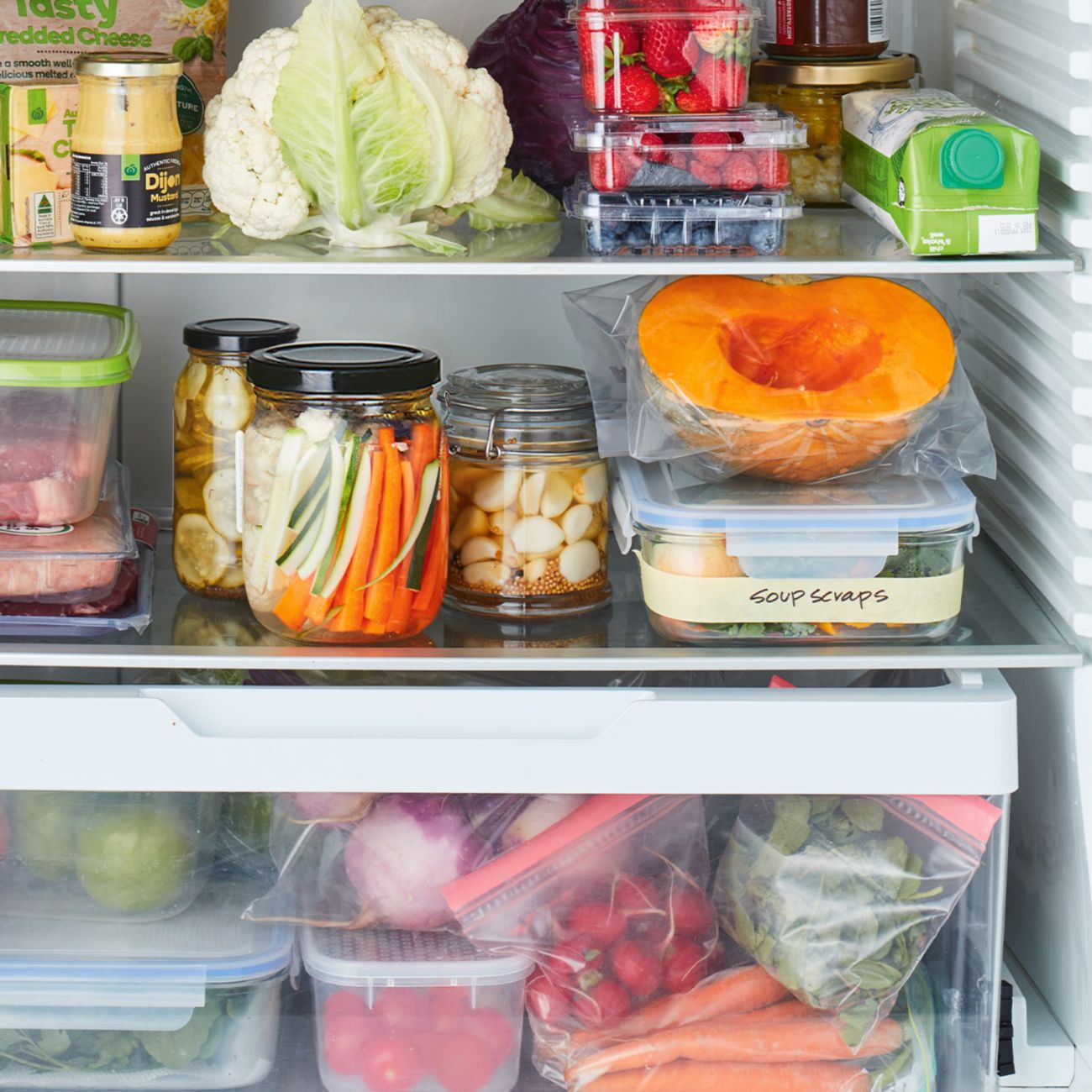
How to organise your fridge
Having an organised fridge and freezer is key to storing food and produce longer, and ultimately reducing wastage. First, check your fridge temperature. It should be at 5ºC or less, ideally your freezer should be at -18ºC.
Invest in airtight containers, small food bins with handles and reusable produce bags. These will help to keep your fridge neat and organised and reduce the longevity of your produce.
Create a “use-first” section in your fridge where you store older food and produce that needs to be consumed as soon as possible. And remember not to overfill your fridge. It’s important for cool air to be able to circulate in order to keep things fresh.
More fridge organisation tips >
Understanding use-by and best-before dates >

Woody herbs
Woody herbs are hardier and include rosemary, thyme, sage or bay leaves. Wash them, pat them dry and wrap them in a damp paper towel and store in an airtight bag in the fridge.
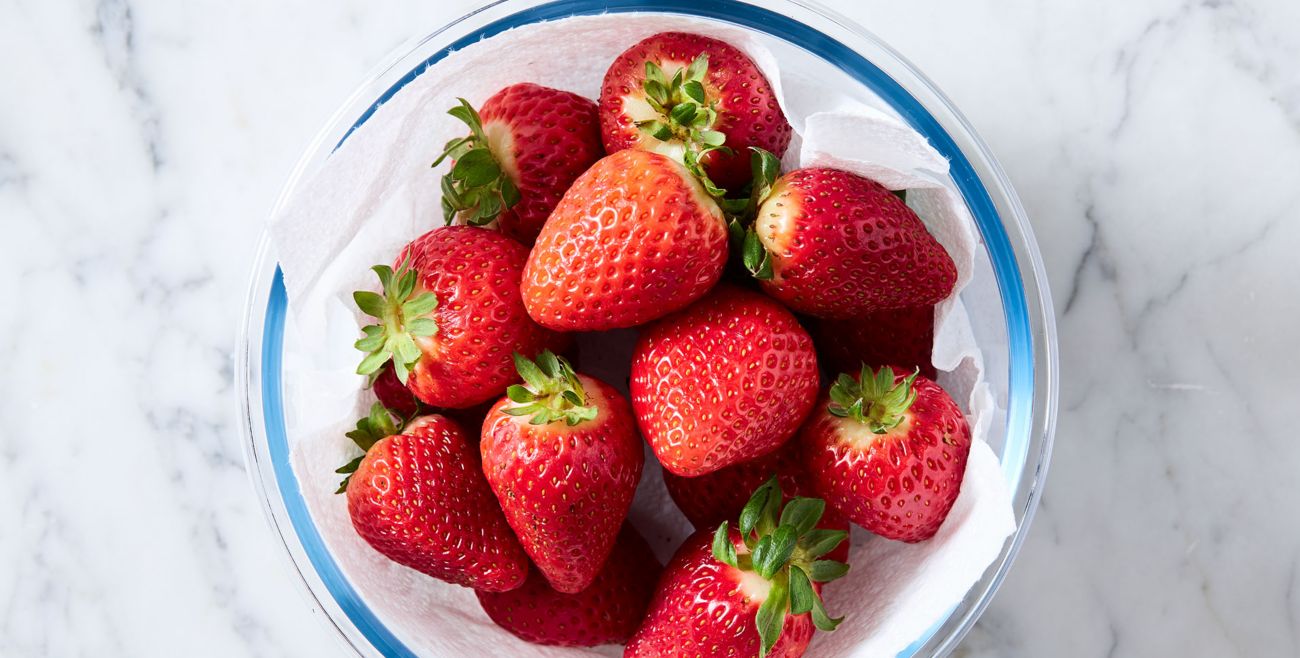
Berries
Most berries come in breathable containers. Keep them stored in these and don’t wash them until you’re ready to eat them.
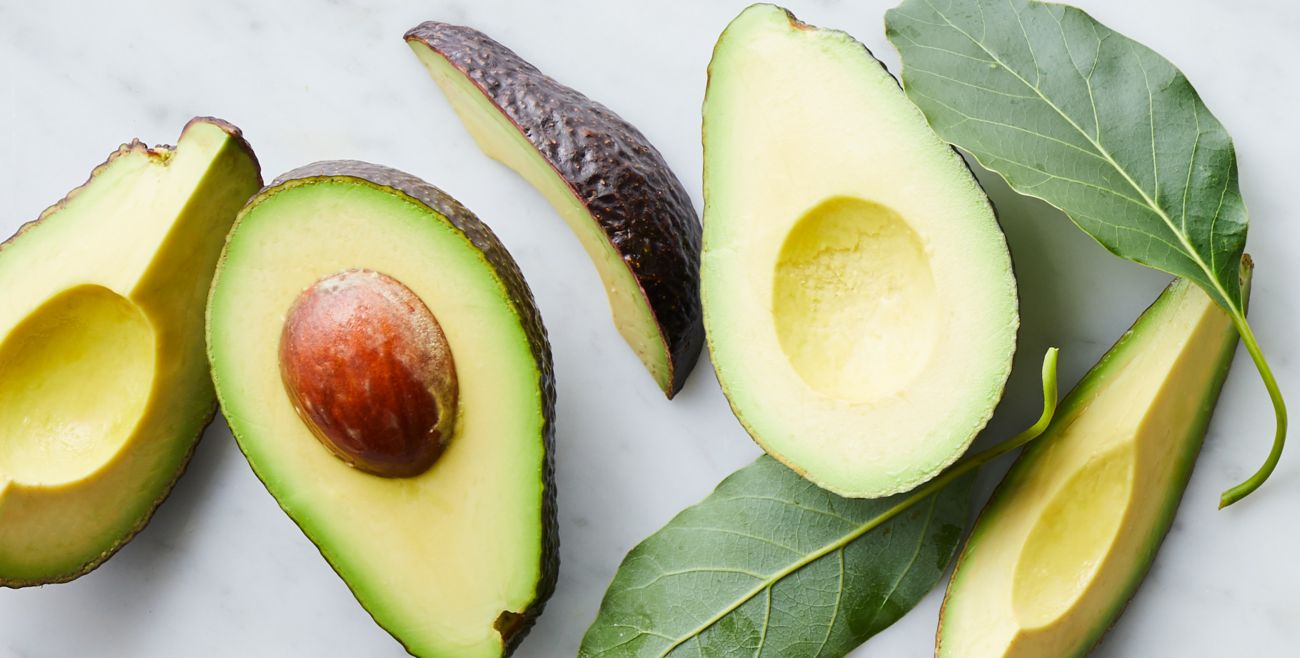
Avocados
Avocados should also be kept on the counter and then stored in the fridge to keep them fresh and from over ripening. To keep avocado halves from browning, squeeze a little lemon juice on the flesh then store in the fridge in an airtight container.
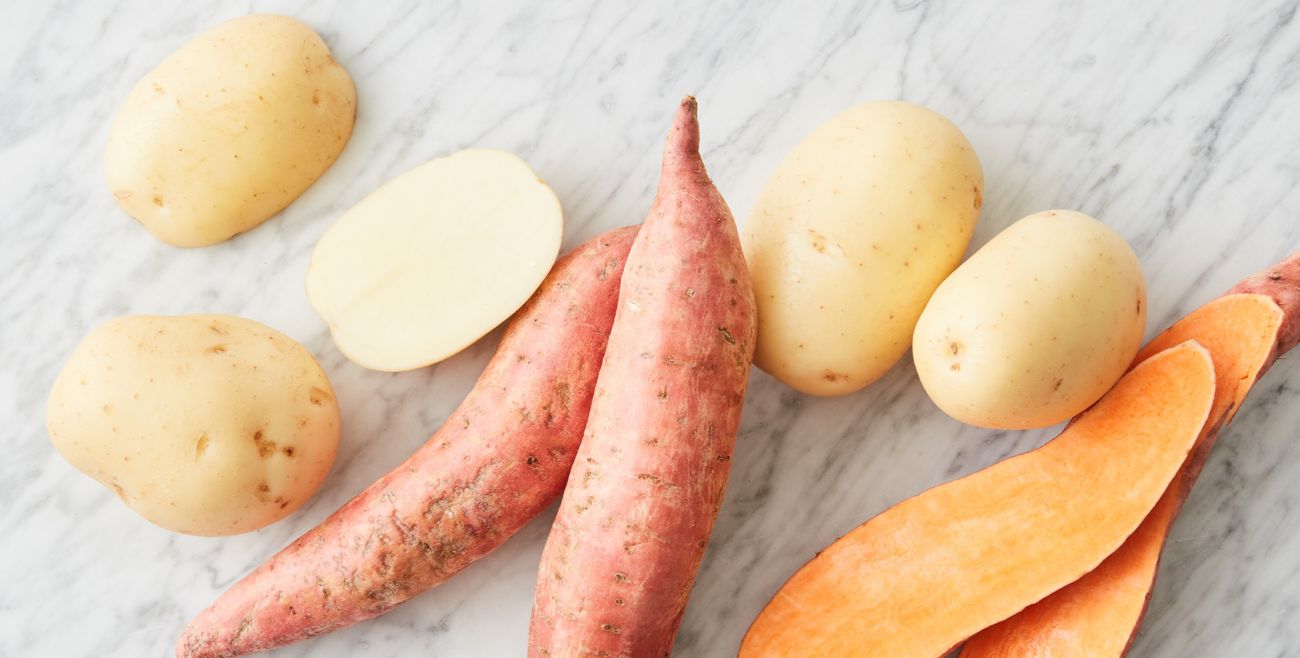
Non-fridge produce
While a lot of produce stores well in the fridge, other things like onions, potatoes, garlic, or sweet potatoes do best in a cool, dark and dry place like the bottom of the pantry. They should be stored in a well-ventilated container or sack where they can breathe.
Don’t forget that the freezer is your friend and there is so much fresh produce you can store there to extend its life and reduce food waste. Find out more in our guide to freezing foods.
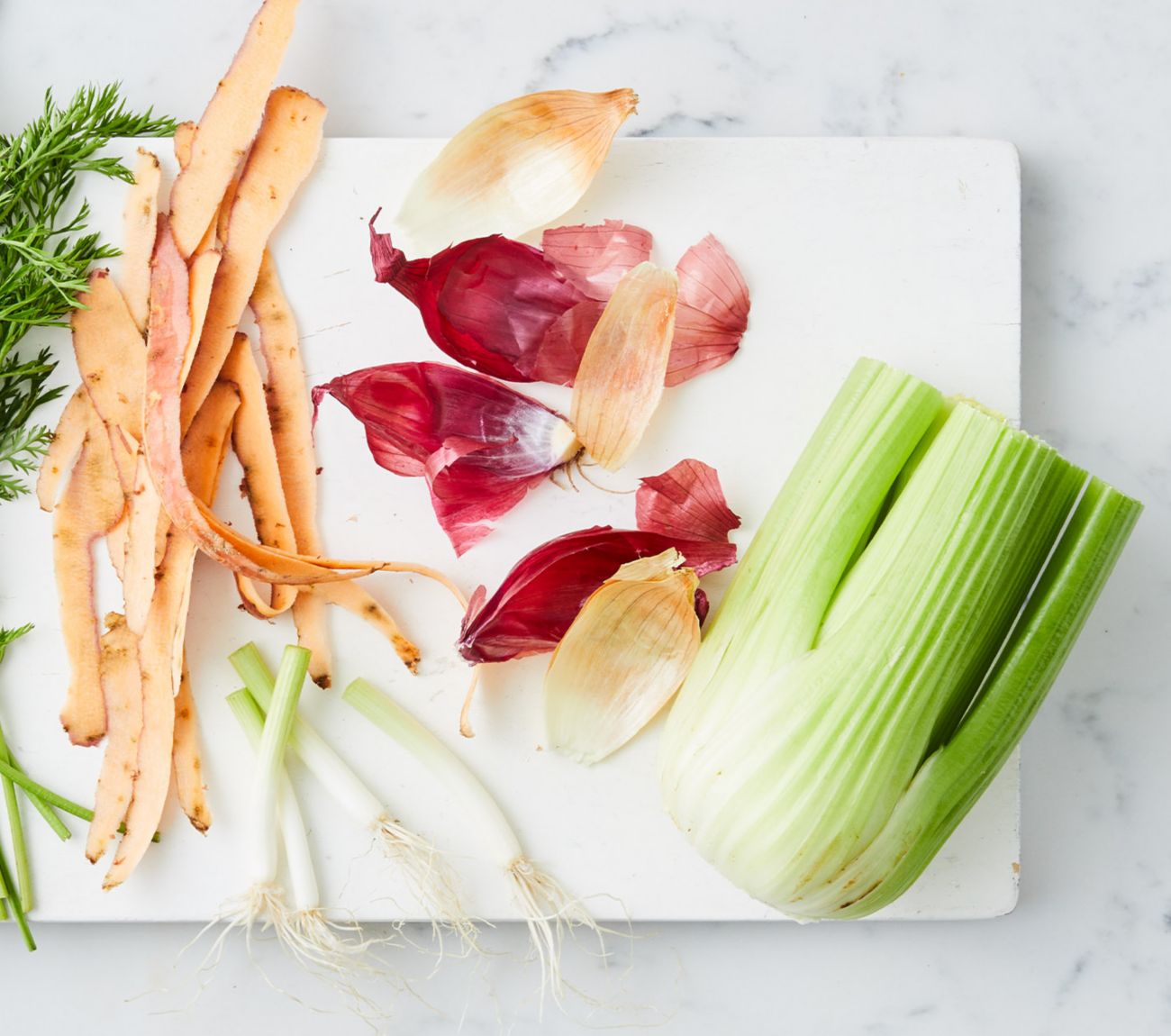
02
Food waste tips & recipes
There are so many clever ways to use up food scraps. From celery bases or parmesan rinds to leftover lemon peel and stale bread, give new life to all the food you might normally throw away.
7 ways to reduce food waste >
How to use food scraps
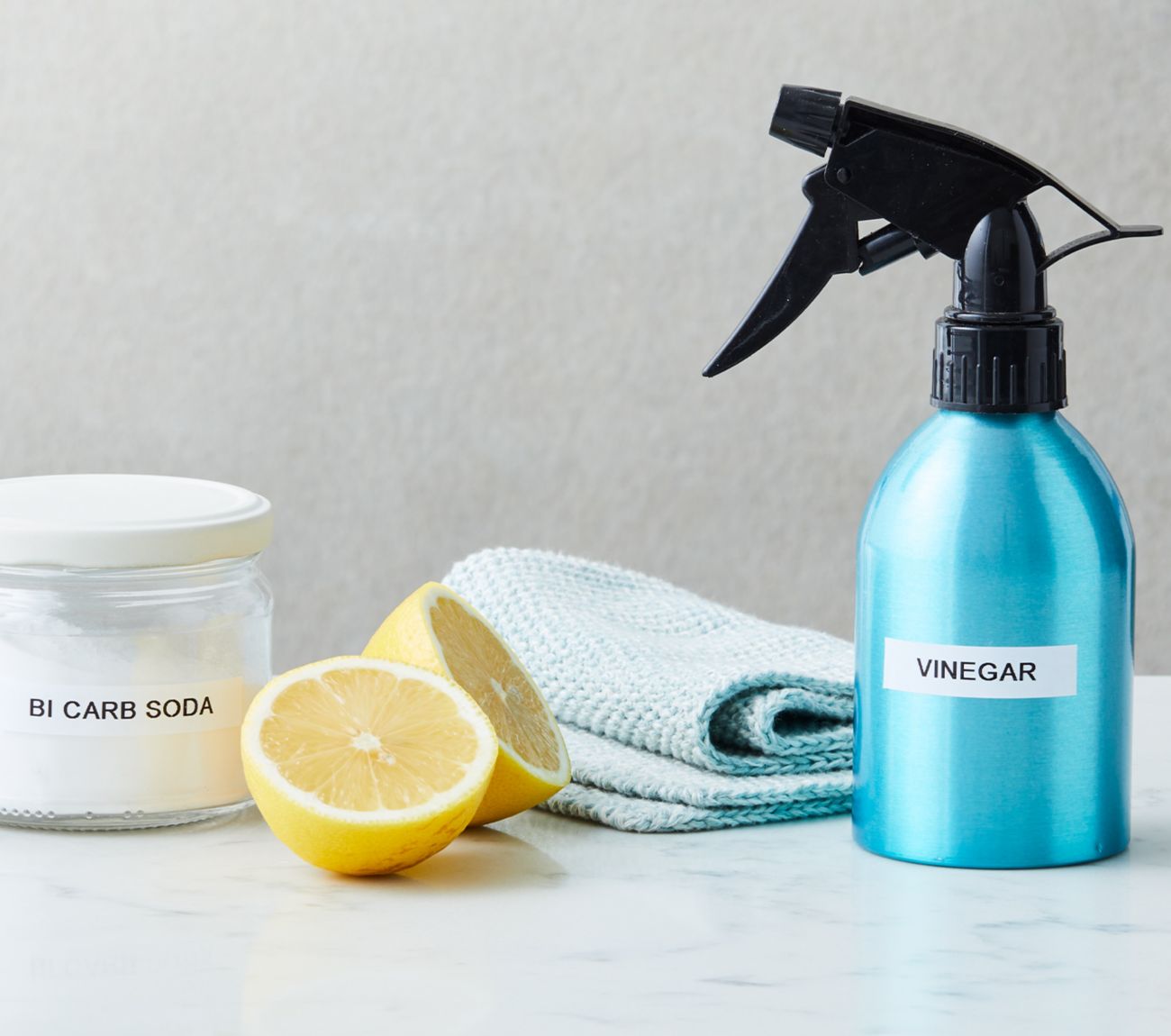
Lemon peel
Lemon is a cleaning powerhouse. You can use lemon peels to make your own spray cleaner (see below), as well as to clean and deodorise chopping boards. Simply sprinkle salt on your board then rub the inside of the peel over the surface. The salt acts like an abrasive.
Make your own lemon spray cleaner
Step 1 of 3
Save your lemon peels and pop them in a large glass jar in the fridge.
Step 2 of 3
Once you’ve filled the jar about half way with lemon peels, fill it with white vinegar until the peels are submerged. Close the jar with an airtight lid and store it in a dark pantry for about 2 weeks.
The longer you let the peels sit, the more the lemon will infuse into the vinegar.
Step 3 of 3
After 2+ weeks, strain the vinegar into a clean glass bowl and discard the peel. Pour the lemon vinegar into a glass spray bottle and use it like you would any spray cleaner.
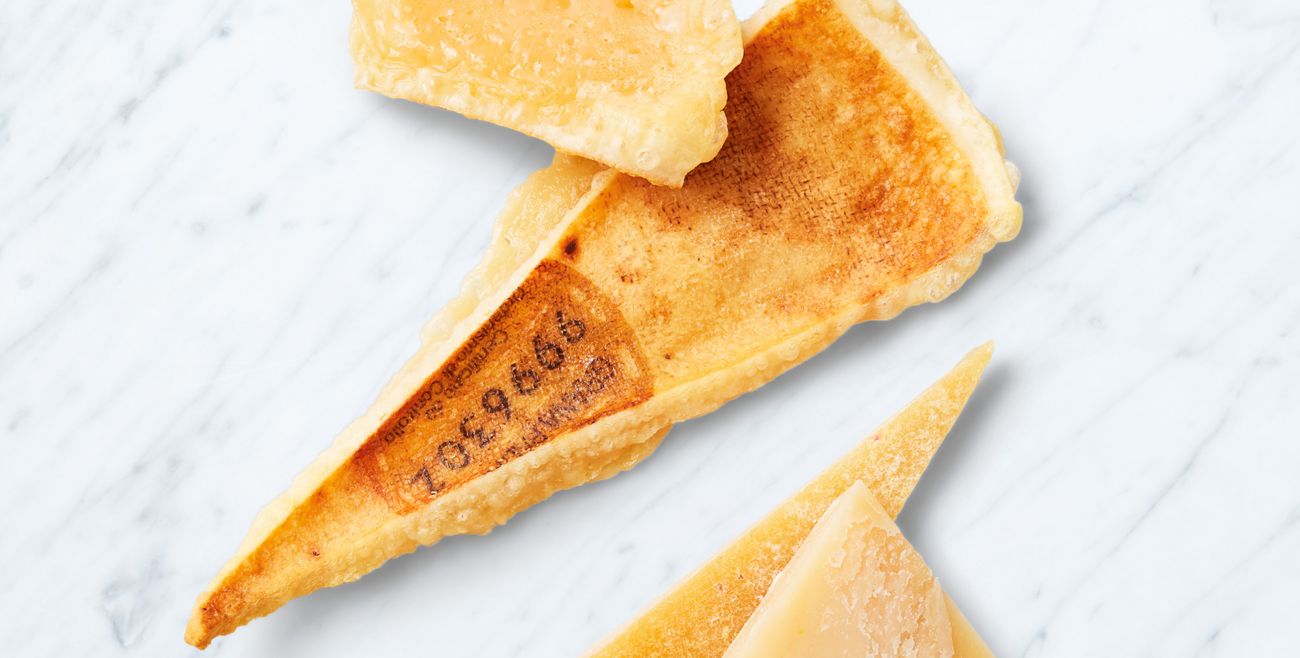
Parmesan rind
Cheese rind is the protective (yet edible layer) on the outside of cheese like Parmesan. While it’s too tough to chew, it adds flavour and enriches soups, stews and sauces.
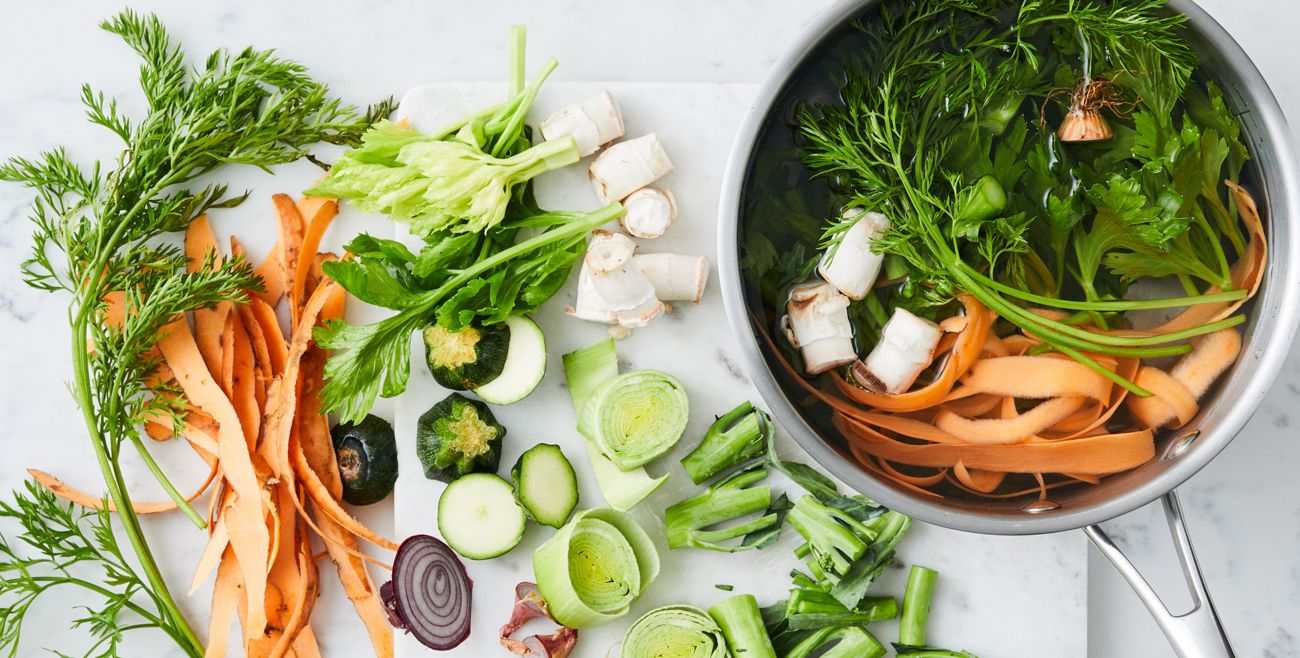
Veggie scraps
Use veggie scraps like celery bases, corn cobs, onion nibs, leek leaves, carrot tops, sweet potato peel and mushroom stems to make a delicious vegetable stock. Keep scraps in a sealed container in the freezer*, and make your stock once you've collected 3-4 cups of scraps.
*Keep in the freezer for up to three months.
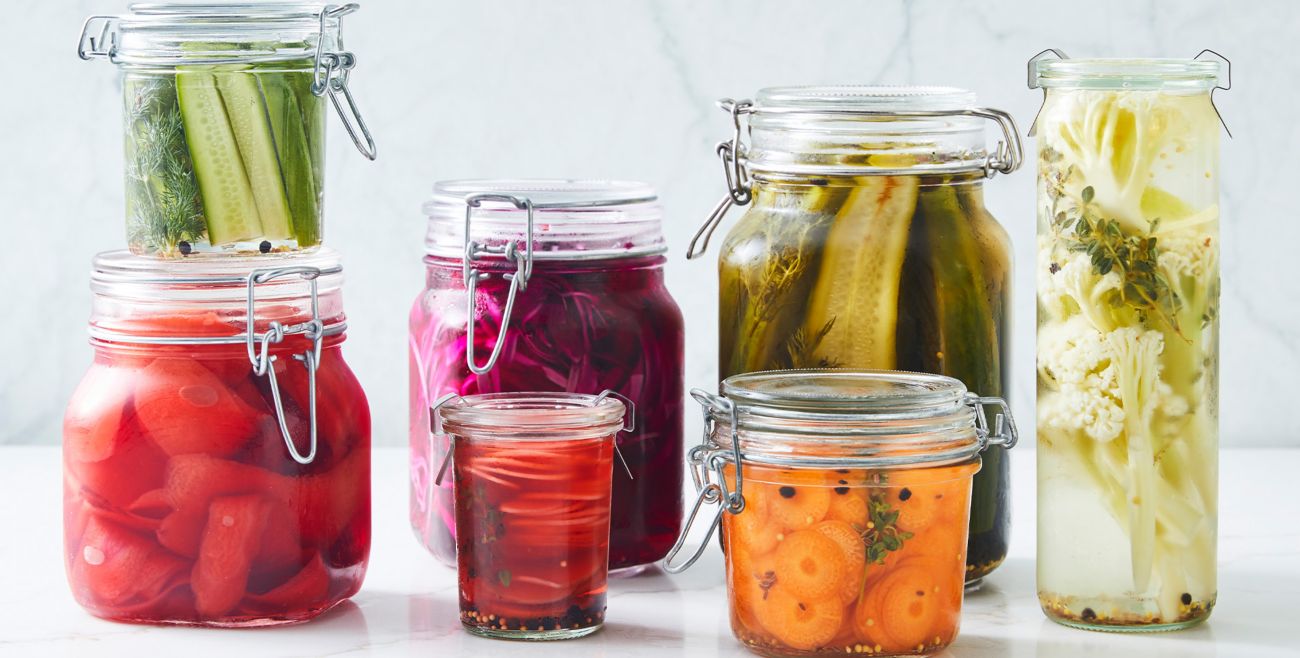
Older veggies
If you’re trying to use up older veggies, try pickling them. Pickles are a wonderful addition to salads, poke bowls and sandwiches. Too soft to pickle? Add them to your food scraps collection for stock.
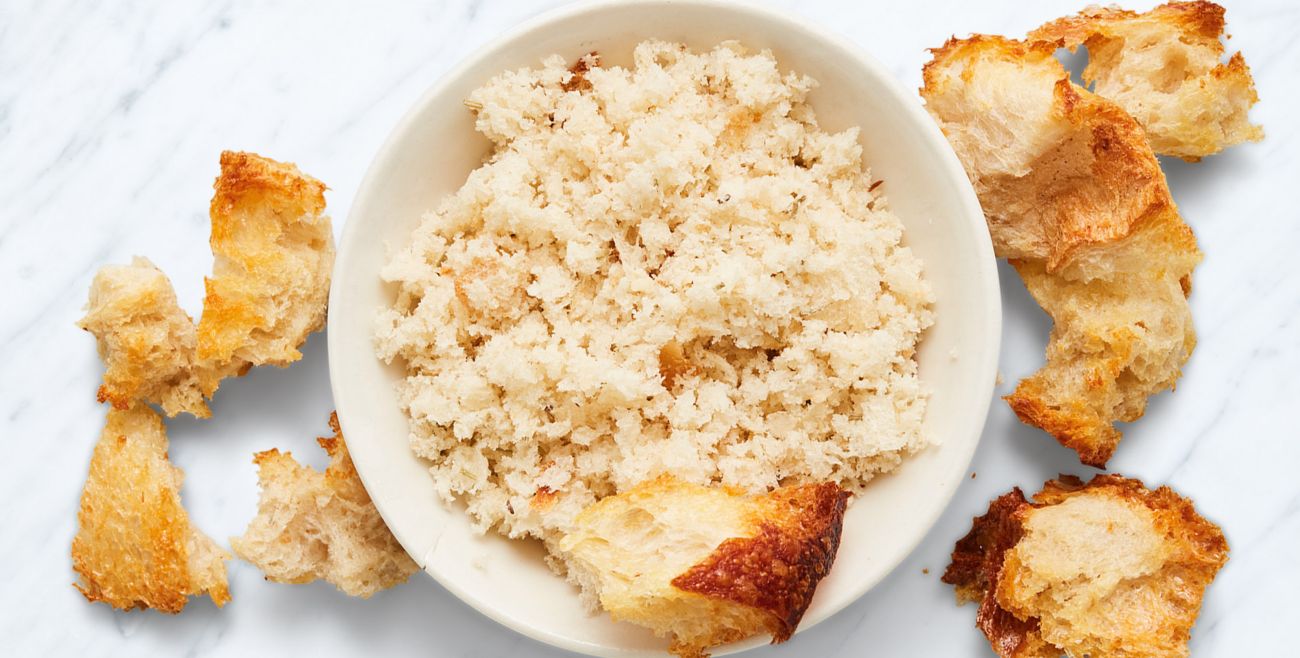
Stale bread
Pop stale bread into your processor and make fresh breadcrumbs in seconds. Bag and store them in your freezer for when you next make breadcrumb pasta.

Chicken or beef bones
Add chicken or beef bones to some water, along with onion nibs, carrot and celery stems, parsley or coriander stalks and you’ve got yourself the makings of a hearty and delicious broth.
Root-to-tip recipes
Make the most of your leftovers
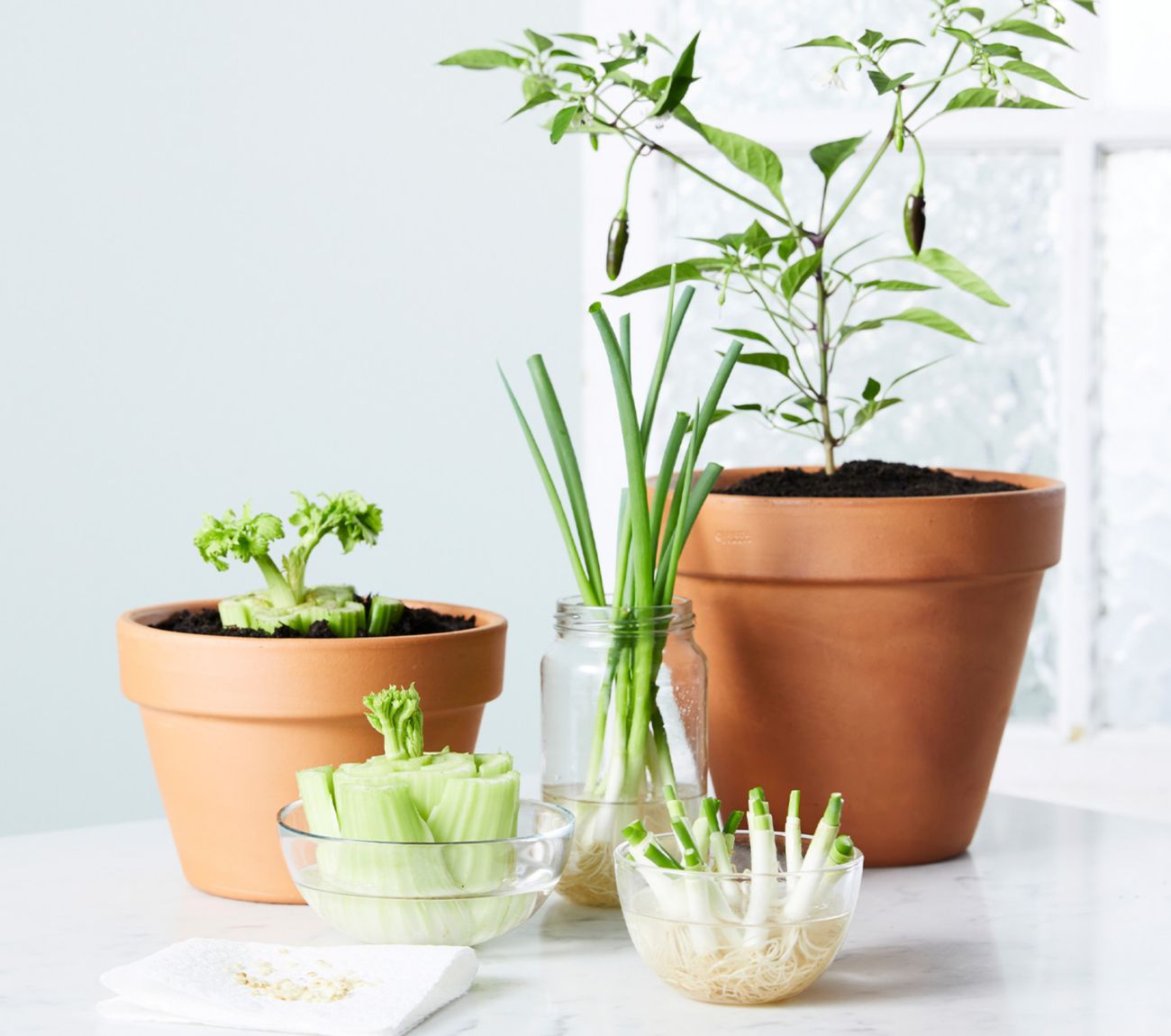
03
How to regrow veggie scraps
Make your veggie scraps go that extra mile by regrowing them. There are so many benefits to regrowing scraps. It reduces wastage, which means less food in landfills, it saves money, and it’s a great hobby for the whole family. This simple and engaging project is fun and fascinating for kids as they watch food grow before their very eyes. You don’t need a backyard or garden to grow your own food either, just a couple of jars, a small pot and a sunny spot to place them.
See our step-by-step videos on how to re-grow celery, spring onions and chilli seeds
Other veggies that regrow well include:
- Romaine lettuce bases
- Fennel fronds
- Lemongrass stems
- Basil and coriander stems
- Potatoes
- Sweet potatoes
- Garlic
If you still have food scraps leftover, add them to your compost. If you don’t have space for a compost bin, check with your local council to see if they have a FOGO (Food Organics and Garden Organics) collection system.



